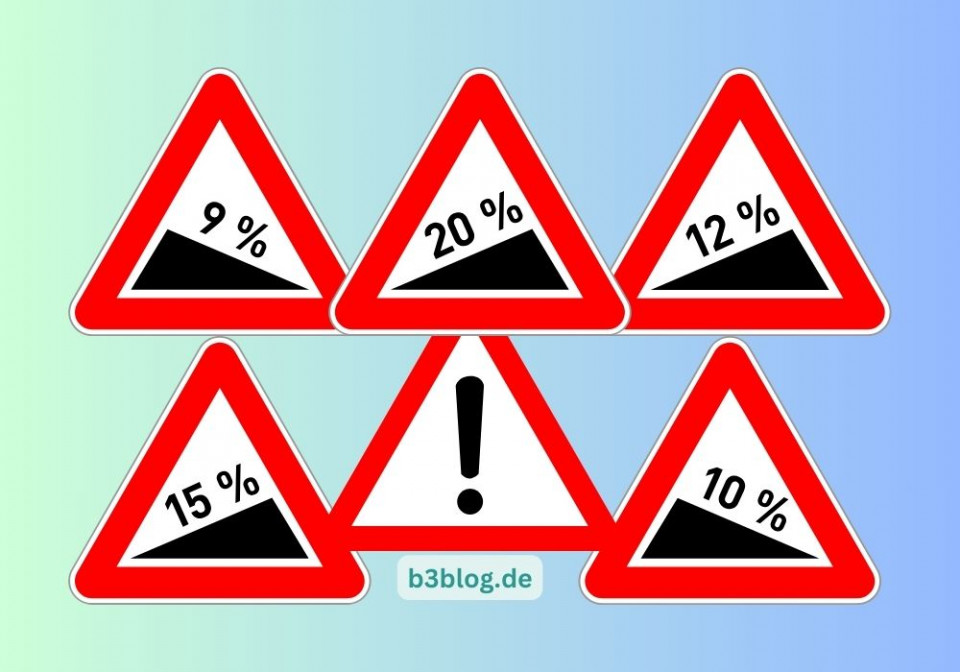How did you get info in pre-Internet days?
"How did you actually find out anything before, opening hours or an address for example?" Typical question to me boomer. My answer is an age-mild smile.
Phone books
Yes, dear Gen XYZ, those were the days when, for example, telephone books were important reference works. Even those who have never used a printed telephone book may have some idea of what a telephone book is. (The printed books are still distributed free of charge). So under a telephone book you can imagine lists with names, addresses and - who would have thought it - telephone numbers, and that compiled in book form.
It is sorted by alphabet (note: Möller comes after Modemann, because the umlaut ö is treated like oe), by place, or even by industry. But the desire for information has of course existed since before the invention of the telephone.
Lexicon and encyclopedia
Even older reference works are lexicons and encyclopedias, i.e. printed reference works such as dictionaries or so-called conversation encyclopedias, which were particularly popular in the 19th century and collected entries on all possible fields of knowledge. An encyclopedia, by the way, differs from a dictionary only in the volume of its entries: keywords are treated in greater detail, and consequently an encyclopedia volume contains fewer entries than a dictionary. A particularly impressive example of the attempt to press all knowledge of the time into books is the Grosse vollständige /Universal-Lexicon/ Aller Wissenschafften und Künste, published in Halle and Leipzig from 1731 to 1754. On the bookshelf, the reference work occupies an impressive four meters thirty - you have to have that much space first.
Archive and catalog
Other ways to get information were archives and catalogs, the latter in libraries, for example. Yes, hard to believe, one actually had to sift through card index boxes with slips of paper, again sorted alphabetically according to the last names of the authors. Even in the 20th century, it was still possible that handwritten cards were among them, not only notes written with a typewriter or, towards the end of the century, on a PC.
Old and new search engines
The Internet has put an end to the paper economy, and printed directories of information have long since lost their appeal. Admittedly, information has not been chiseled in stone like Hammurabi's tablets of laws from 1800 B.C. for many centuries. But of course no printed book, no matter how detailed, can keep up with the speed of information flow on the Internet. More current than books were and are magazines or daily newspapers. The latter also contained classified ads and, above all, job offers and job applications.
"Ask office" of the 17th century
What has not yet been mentioned as a source of information are the personal contacts. Of course, conversations are also ways to get information. This method has many advantages, but also disadvantages. For example, if you are looking for something, you might not want to tell everyone. Interestingly, as early as the 17th century, there were address offices that combined the best of all information worlds: In the so-called question offices, for example, anyone looking for a job could register and be notified when a corresponding offer was entered. This is a principle that is still followed today by many job portals on the Internet. One of the reasons why the job search engine of the 17th century failed was that the data was not up-to-date. A problem that the Internet is no stranger to either. Then as now: the best data is no use if it is not maintained and updated.
This is precisely our aim at Pro:Hive: To present current data in an understandable and transparent way.


